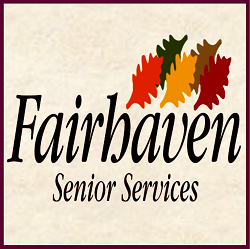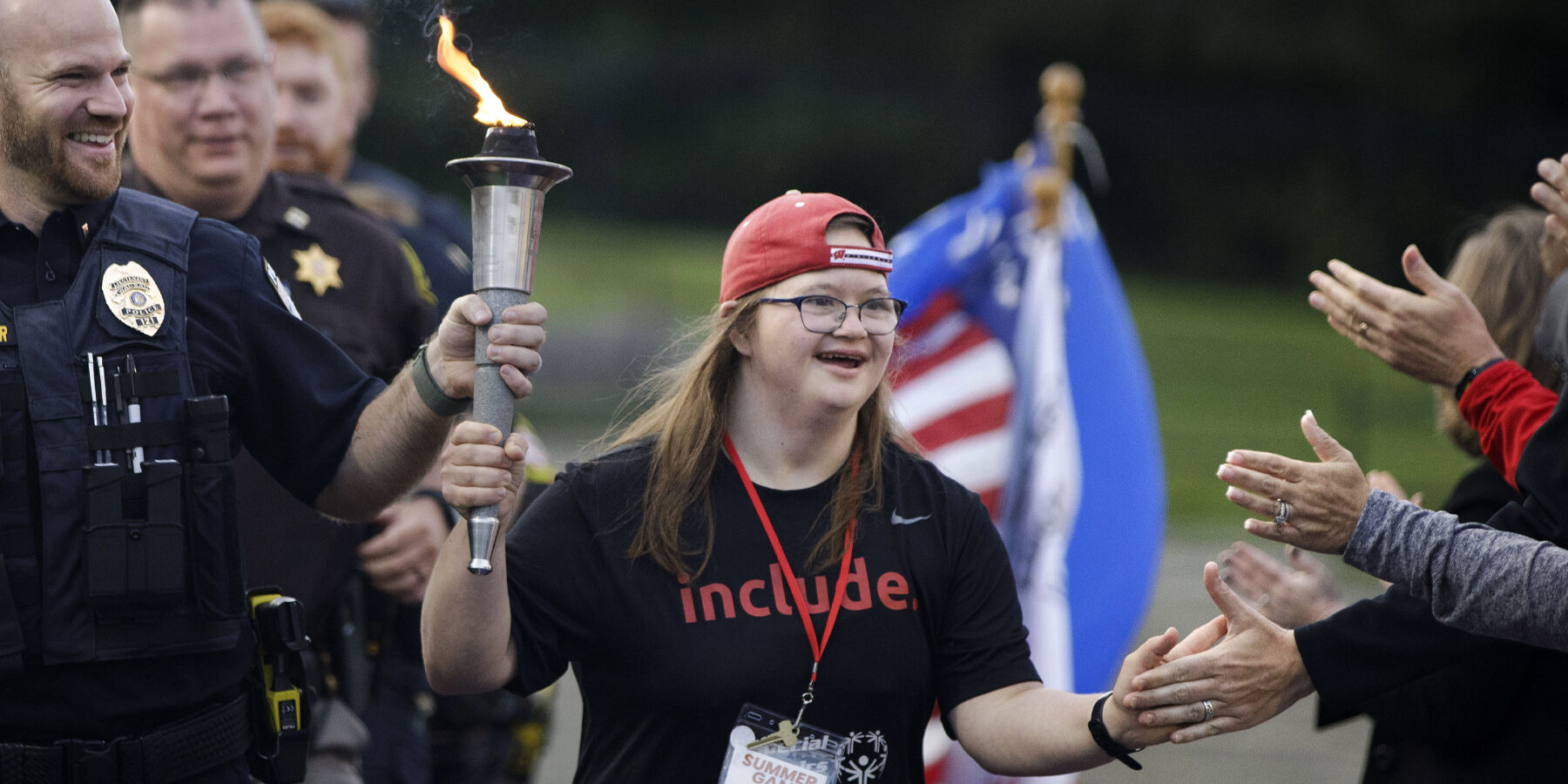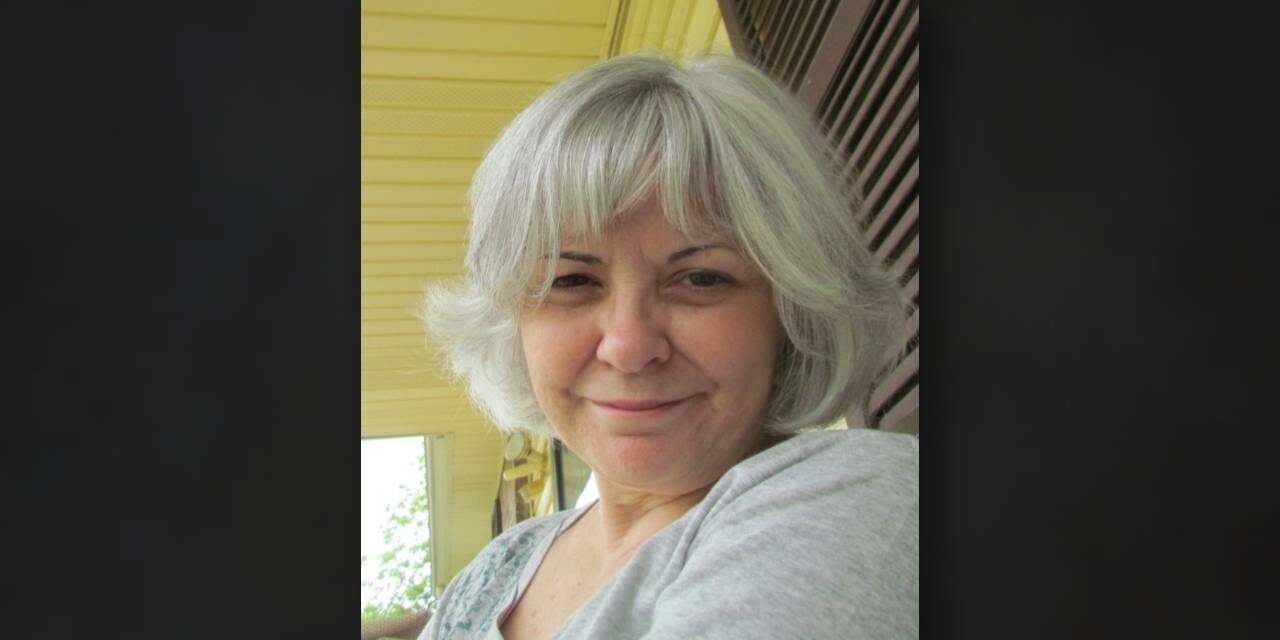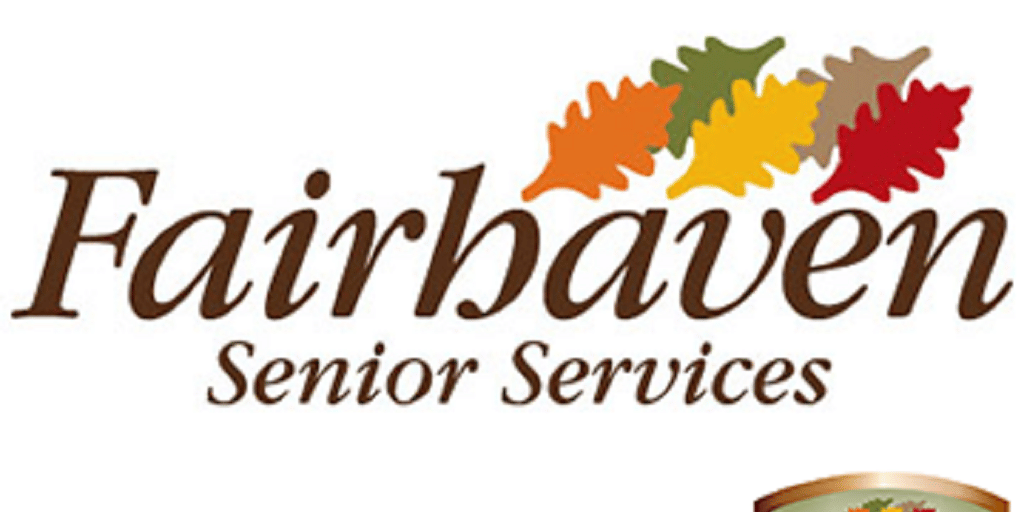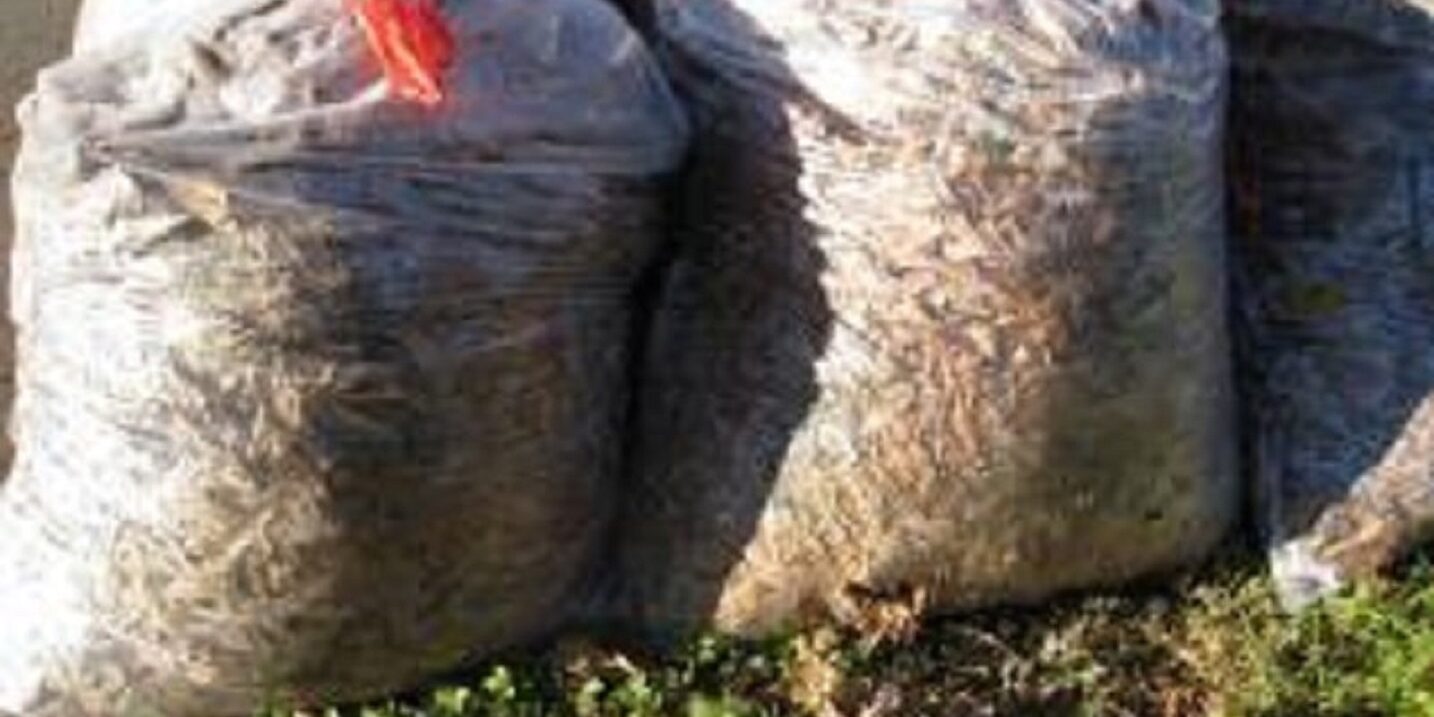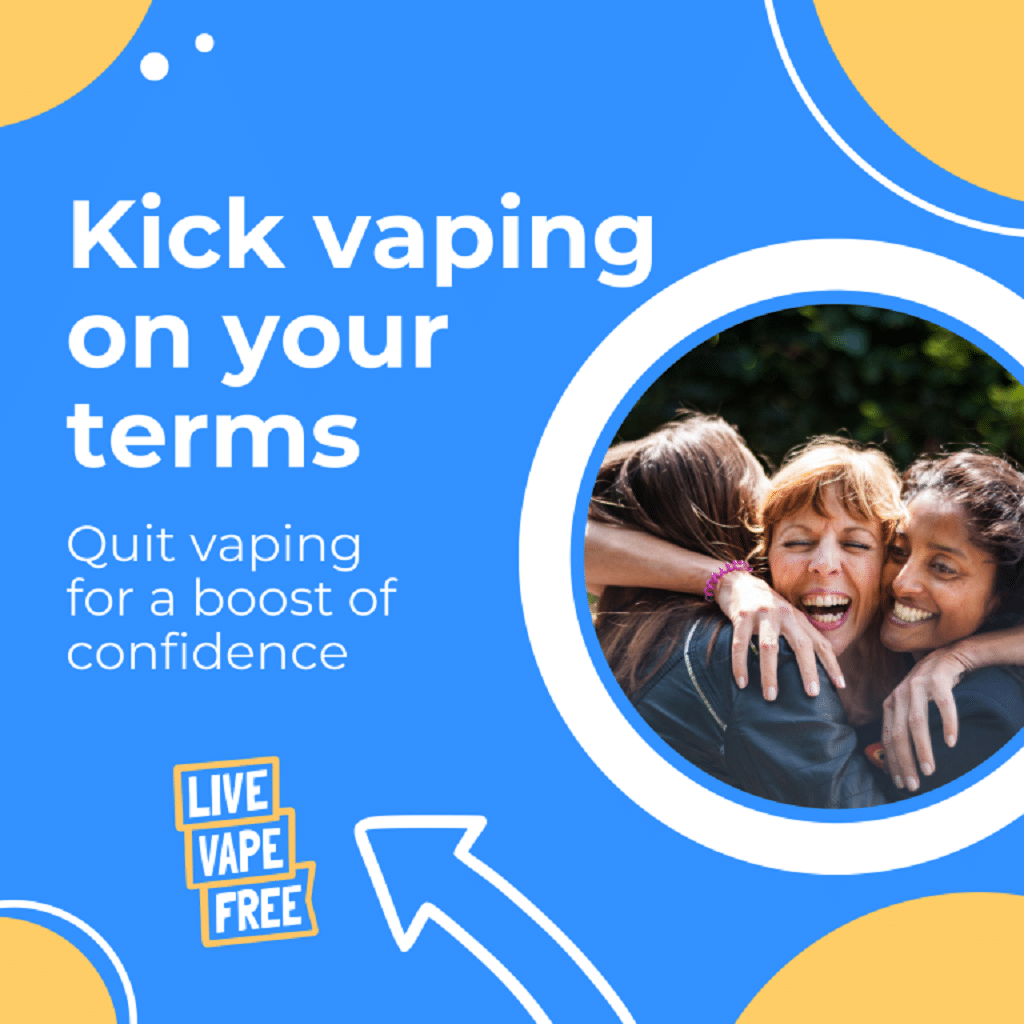
Expanded program offers nicotine replacement therapy
The Wisconsin Department of Health Services (DHS) announced on August 15 the Wisconsin Tobacco Quit Line has expanded its text-based Live Vape Free program to include young adults ages 18-26. The program supports young Wisconsinites on the path to ending their use of nicotine and vape products and will provide people age 18 and over with two weeks of free nicotine replacement therapy if medically eligible.
According to the 2022 Behavioral Risk Factor Surveillance Survey, nearly one in five Wisconsinites ages 18-24 vape. They account for 34% of current adult e-cigarette users in our state.
“Young adults are the first generation to have been exposed to widespread commercial electronic vaping devices, and we see the impact of that exposure in the number of youth who use vape products today,” said State Health Officer Paula Tran. “By expanding the Live Vape Free program, we can help this age group achieve what they deserve: A life free of nicotine addiction that can harm their physical, mental, and financial health.”
The expanded Live Vape Free program helps young adults reduce or quit vaping on their own terms with text-based communications and medications designed to increase their success. Supportive text messages from coaches and interactive videos of peers, lessons, and podcasts help participants manage their stress, while nicotine therapy can help with the physical cravings and double their chances of quitting.
Live Vape Free has been traditionally offered to teens ages 13-17 with a companion program for parents and other trusted adults who support them. This program continues; however, it does not include free nicotine replacement therapy for minors. Young people are encouraged to speak to their health care providers about using medication to help them reduce or quit vaping.
To participate in Live Vape Free, text VAPEFREE to 873373 or visit livevapefree.com. Find more information about Wisconsin’s Commercial Tobacco Prevention and Treatment program on the DHS website.
Editor’s note: The Banner appreciates having permission to use the image on the homepage from Ethan Parsa from Pixabay.




